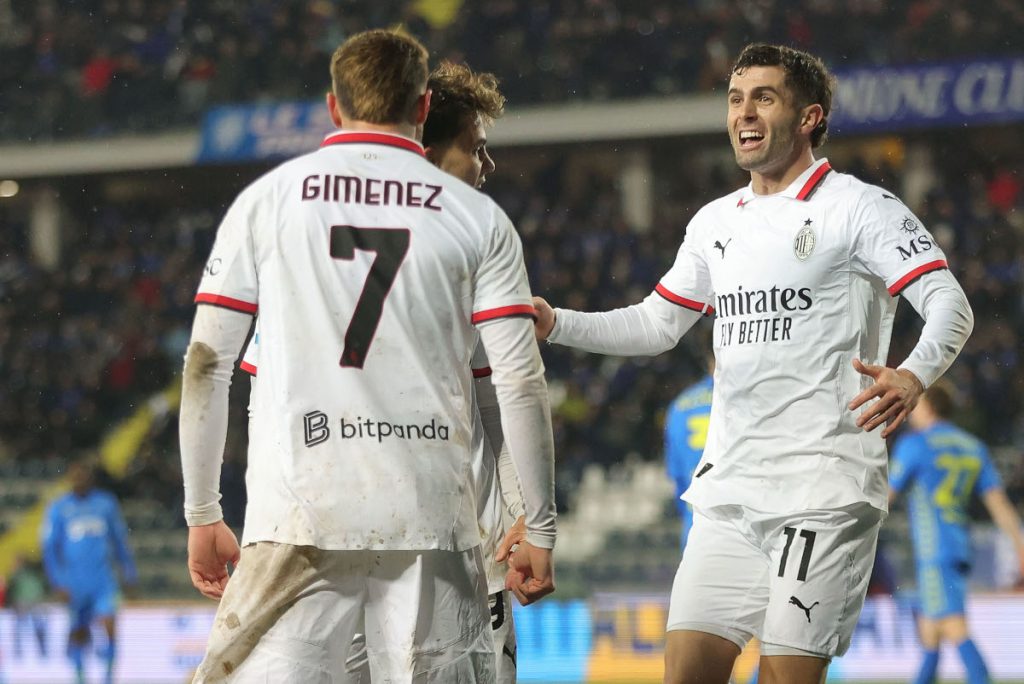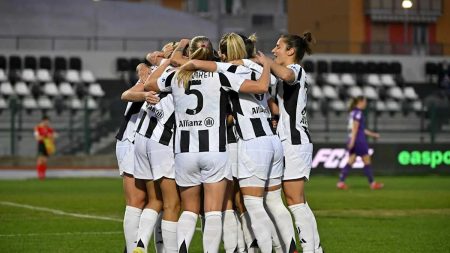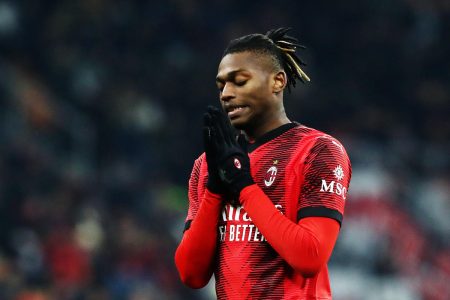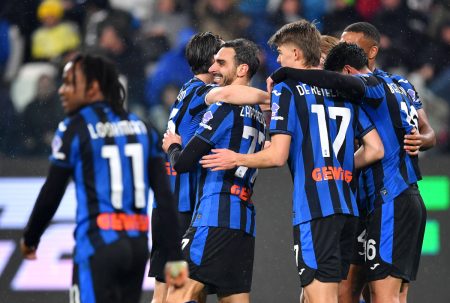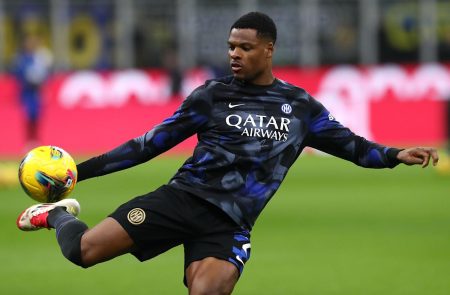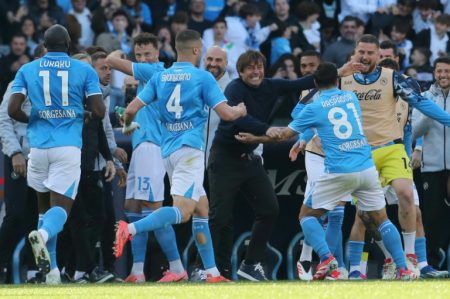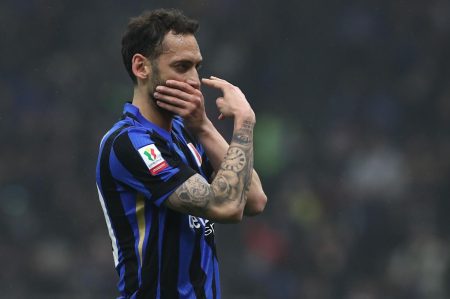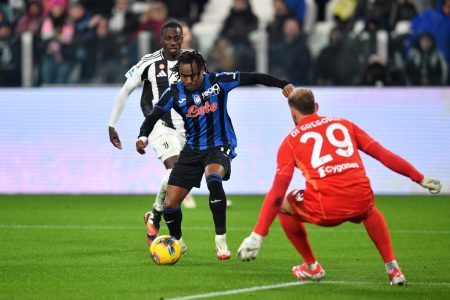A New Tactic for Milan: The Three-Man Defense
Milan coach Sergio Conceiçao has hinted at a significant tactical shift in the lead-up to their crucial Serie A match against Lazio at San Siro. The Rossoneri have been struggling, having lost their last two league matches against Torino and Lazio, which have dented their confidence and jeopardized their top-four aspirations. During a pre-match press conference, Conceiçao mentioned the possibility of adopting a three-man defense, a move that could have far-reaching implications for the team, particularly for their attacking players. This new formation, whether it be a 3-5-2 or a 3-4-3, is seen as a strategic adjustment to regain momentum and secure better results. However, the implications of this change are not just tactical; they also affect the individual playing styles and roles of key attackers like Christian Pulisic, Rafael Leao, and Joao Felix.
The Impact on Christian Pulisic
Milan’s expert Luca Bianchin has analyzed how the new system could influence the attacking department, especially for Christian Pulisic. According to Bianchin, the 3-4-3 or its tighter variation, the 3-4-2-1, could be “very limiting” for the attacking trio. In the current 4-2-3-1 formation, Pulisic is often expected to provide significant defensive support when Milan faces attacks. This is because Joao Félix, Leao, and Giménez are not renowned for their defensive contributions. However, in a 3-4-3 setup, Pulisic could find himself in a more balanced position. With Giménez (or Musah) covering for him, Pulisic would have more freedom to focus on his attacking duties, potentially leading to a less exhausting spring season. The change could also allow Pulisic to showcase his full potential, capitalizing on his pace and dribbling skills without the constant burden of defensive responsibilities.
The Role of Rafael Leao
Rafael Leao, one of Milan’s most dynamic and impactful players, would also see a shift in his role under the new formation. Leao is known for his explosive pace and dribbling ability, which have often been pivotal in breaking down opposition defenses. In a 3-4-3 or 3-4-2-1 setup, Leao could operate more freely on the wings, taking advantage of the space provided by the additional defenders. However, the competition for spots in the attacking lineup would intensify. Bianchin points out that in many matches, Leao would be vying for just two starting positions alongside Pulisic and Joao Félix. This could mean that one of the trio might have to sit on the bench, a decision that will likely be based on form and the specific match scenarios. Leao’s versatility and energy are crucial, but he will need to adapt to the new tactical demands and possibly share more minutes with his teammates.
Joao Felix: A Central Figure in the New System
Joao Felix, another key player in Milan’s attack, faces a similar challenge with the proposed tactical change. The Portuguese forward is known for his creativity and ability to find pockets of space in the final third. In a 3-4-3 or 3-4-2-1, Felix could operate in a more central role, potentially alongside another striker, which could maximize his creative potential. However, the new system would also mean that Felix would have to compete for starting positions with Pulisic and Leao. This could lead to a rotation of attacking players, depending on the match and the specific tactical approach Conceiçao decides to take. Felix’s ability to link up play and his finishing skills would be essential in the new system, but he will need to find a way to coexist with his equally talented teammates.
The Broader Tactical Implications
The introduction of a three-man defense would have broader implications for Milan’s overall tactical setup. With two holding midfielders, the roles of Fofana and Reijnders would remain relatively unchanged. They would still be responsible for providing defensive cover and initiating attacks from deep positions. However, the dynamic of the team would shift, as the additional defender would likely provide more stability and cover for the full-backs. This could allow the full-backs to push forward more aggressively, adding another dimension to Milan’s attack. The new system could also influence how Conceiçao presses the opposition. The key will be finding a balance that maximizes the attacking potential of players like Pulisic, Leao, and Felix while maintaining the defensive solidity needed to compete in Serie A.
A New Era for the Fab Four
The proposed tactical shift would mark the end of the “Fab Four” experiment as we know it. The Fab Four, consisting of Pulisic, Leao, Joao Félix, and Giroud, has been a staple of Milan’s attack for much of the season. However, with the introduction of a three-man defense, it is unlikely that all four players will feature in the starting lineup for every match. This could lead to a more flexible and dynamic attacking lineup, but it also means that at least one of these key players will often be on the bench. The decision to rotate these players will be crucial, and Conceiçao will need to find a way to keep them all motivated and contributing to the team, even when not starting. The end of the Fab Four era does not necessarily mean a decline in Milan’s attacking prowess; rather, it could signal a new phase of tactical evolution and player adaptation.
The Atmosphere at San Siro
The match against Lazio will be played in a highly charged atmosphere at San Siro. Milan’s Ultras, the passionate and often influential fan groups, have announced that they will start filling the Curva Sud only at the 15-minute mark. This is a clear sign of the fans’ frustration with the team’s recent performances and their demand for better results. The Rossoneri currently sit eighth in the Serie A table, eight points behind the top four. The pressure on Conceiçao and his players to deliver a strong performance is immense, and the tactical changes are seen as a way to address the team’s shortcomings. The fans’ support, or lack thereof, will play a crucial role in the outcome of the match, and Conceiçao will need to navigate this toxic environment while implementing his new system. The challenge is not just tactical but also psychological, as the team must find a way to rebuild their confidence and regain the trust of their passionate supporters.

